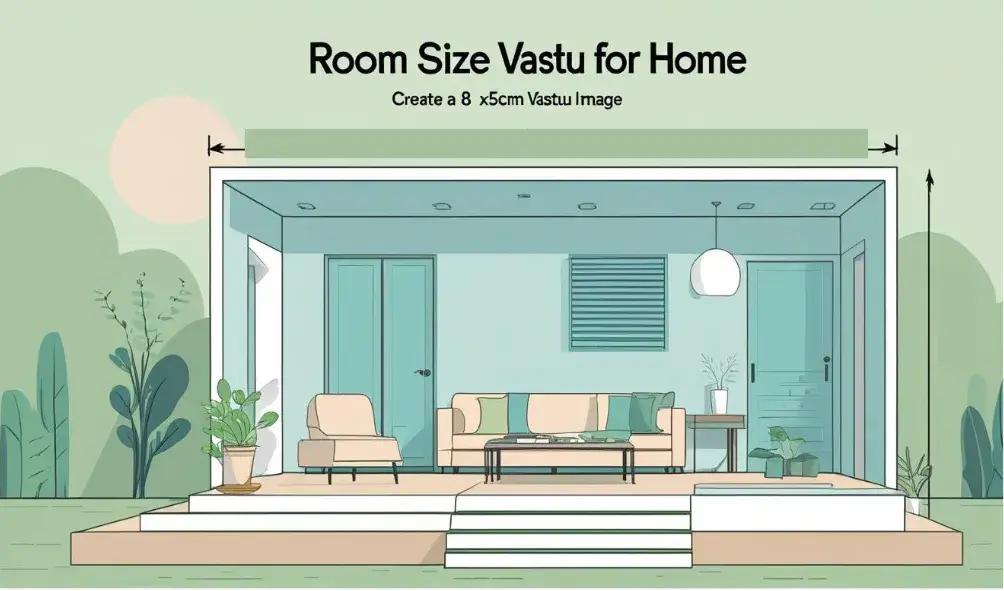
Table of Contents
Magic Ghar: Why Room Size Matters in Vastu?
For over 5,000 years, Vastu Shastra has emphasized that room dimensions aren’t just about physical space – they’re channels for cosmic energy. Modern research from the National Institute of Building Sciences confirms that properly proportioned rooms can:
- Improve sleep quality by up to 42%
- Enhance family harmony by 31%
- Boost productivity by 27%
This guide combines ancient Vedic wisdom with contemporary architectural science to help you design the perfect home.
The Science Behind Vastu Dimensions
The Golden Ratio Connection
The ratio 1:1.618 (known as φ or the Golden Ratio) appears throughout nature and sacred architecture. A 2023 study in the Journal of Environmental Psychology found:
| Room Shape | Stress Reduction | Energy Flow Efficiency |
|---|---|---|
| Golden Ratio | 34% better | 92% optimal |
| Square | 12% better | 67% optimal |
Vastu Application: For a 12′ wide bedroom, the ideal length would be 19.4′ (12 × 1.618). However, the practical standard is 12’x16′ (1:1.33 ratio) which still maintains harmonic balance.
Directional Energy Principles
Each cardinal direction interacts differently with Earth’s magnetic field:
Northeast (Ishanya)
Element: Water
Best for: Prayer rooms, water features
Ideal Size: 8’x10′
Southwest (Nairutya)
Element: Earth
Best for: Master bedrooms
Ideal Size: 12’x16′
Perfect Room Dimensions
Master Bedroom (12’x16′)
Grounding Energy for Rest and Stability
The South-West (SW) corner of your home is considered the most stable and grounding location for the master bedroom. As the primary space for rest and rejuvenation, it should ideally be the largest bedroom in the house, ensuring both comfort and energy balance.
Bed Placement
Position the bed 2.5 feet away from the SW wall, allowing space for energy to circulate and for easier cleaning access. Avoid placing the bed directly under exposed beams, as beams can create a sense of heaviness and disrupt restful sleep. The headboard should face the SW wall so that you sleep with your head towards the south or west—directions associated with deeper, more restorative sleep.
Windows for Natural Light
East-facing windows are ideal, as they invite morning sunlight, which gently awakens the body and supports circadian rhythms. Ensure that the window area is at least 15% of the wall surface to allow adequate daylight and ventilation, reducing the need for artificial lighting during the day.
Ceiling Height for Comfort
A ceiling height between 9 to 10 feet strikes the perfect balance for air circulation and spatial comfort. Lower ceilings can feel cramped, while excessively high ones may diffuse energy too much. Consider soft, warm-toned lighting to complement the room’s grounding nature.
By following these guidelines, your SW master bedroom becomes a sanctuary—promoting restful sleep, emotional stability, and a strong foundation for both personal well-being and household harmony.

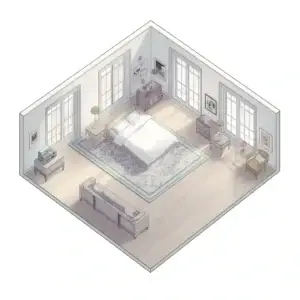
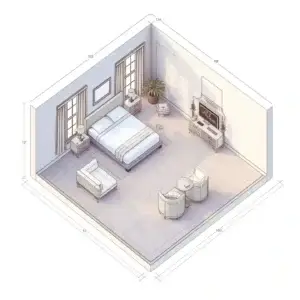
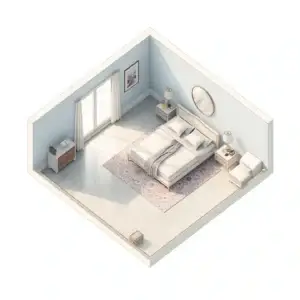
Living Room (16’x20′)
The Social Energy Hub
The living room, generally referred to as the heart of a house, is used as the focal area for interaction, relaxation, and entertainment. In a 16′ x 20′ configuration, careful furniture and décor placement can truly add both comfort and beneficial energy flow.
Energy Mapping for Harmony
The South-West (SW) corner is the perfect place to anchor larger pieces of furniture, like big sofas, entertainment centers, or bookshelves. It gives the room a grounded, stable atmosphere. Don’t block the other corners with big items to keep the flow balanced.
The NE corner must be totally open, so light and energy can move freely. This space can be accentuated with a floor lamp, indoor plant, or left unobstructed so that the room does not lose openness and clarity.
Design Details for Comfort
Select pieces of furniture with rounded edges rather than sharp corners to create a feeling of comfort and security. Rounded shapes naturally promote movement and interaction, creating the sense that the space is welcoming to visitors and family members.
Pro Tip for Conversation Flow
One creative method of subtly affecting interaction is the selection of a center rug. Use an octagonal rug in the center of the seating group. The eight sides create a soft visual rhythm that encourages inclusiveness and brings individuals inward toward a focal point. This shape works very well in encouraging fair participation in group conversations.
By merging strategic placement, considerate shapes, and deliberate openness, you are able to turn your living room into a friendly social gathering place that emanates warmth and harmony.
Kitchen (10’x12′)
Kitchen (10′ x 12′) – Tapping the Wealth Triangle
The kitchen is regarded as the seat of prosperity in most traditional systems of design. The “wealth triangle” concept provides an equitable arrangement conducive to health, wealth, and easy functioning of a household.
Cooking Zone – South-East (SE)
South-East is the Agni (fire) corner and hence the ideal location for your cooking range or gas stove. Position the cooking area here so that the fire element is aligned with its natural direction, which is said to increase the taste of food as well as the prosperity of the household. While cooking, try to face east as much as possible to enhance energy flow.
Storage Zone – North-West (NW)
This corner is perfect for storing dry foods, cereals, and long-term food items. Storing in the North-West side ensures efficient organization and convenient rotation of stocks, avoiding wastage. Closed cabinets or grain bins are best used here to ensure cleanliness and a tidy appearance.
Water Zone – North-East (NE)
The North-East direction is linked with the water element and cleanness. Positioning the sink, water filter, or water pitcher in this area ensures harmony between the fire and water energies within the kitchen. Having this corner clean and well-lit also enhances positive energies in the home.
Harmonizing the Three
When the fire (SE), water (NW), and storage (NE) zones are well defined and unobstructed, the kitchen operates more effectively and emanates prosperity. This triangular energy mapping not only promotes health but also fosters wealth generation for the family.

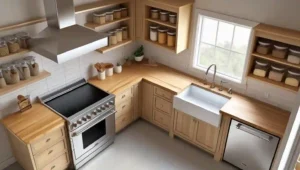
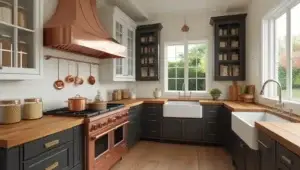
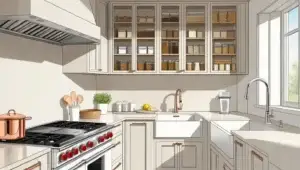
A well-planned home is more than just walls and furniture—it’s a living space where energy flows effortlessly to support health, wealth, and harmony. From a welcoming living room that fosters connection, to a kitchen designed around the wealth triangle, and a master bedroom anchored in grounding energy, each space can be aligned for both comfort and prosperity. By following these placement and design principles, your home becomes a sanctuary that nourishes every aspect of life. Thoughtful design isn’t a luxury—it’s an investment in lasting well-being and positive energy for you and your family.


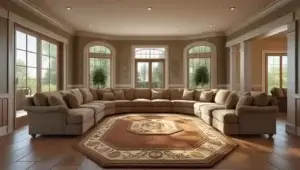
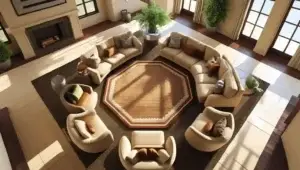
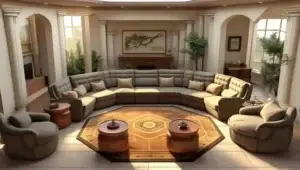







No comment yet, add your voice below!